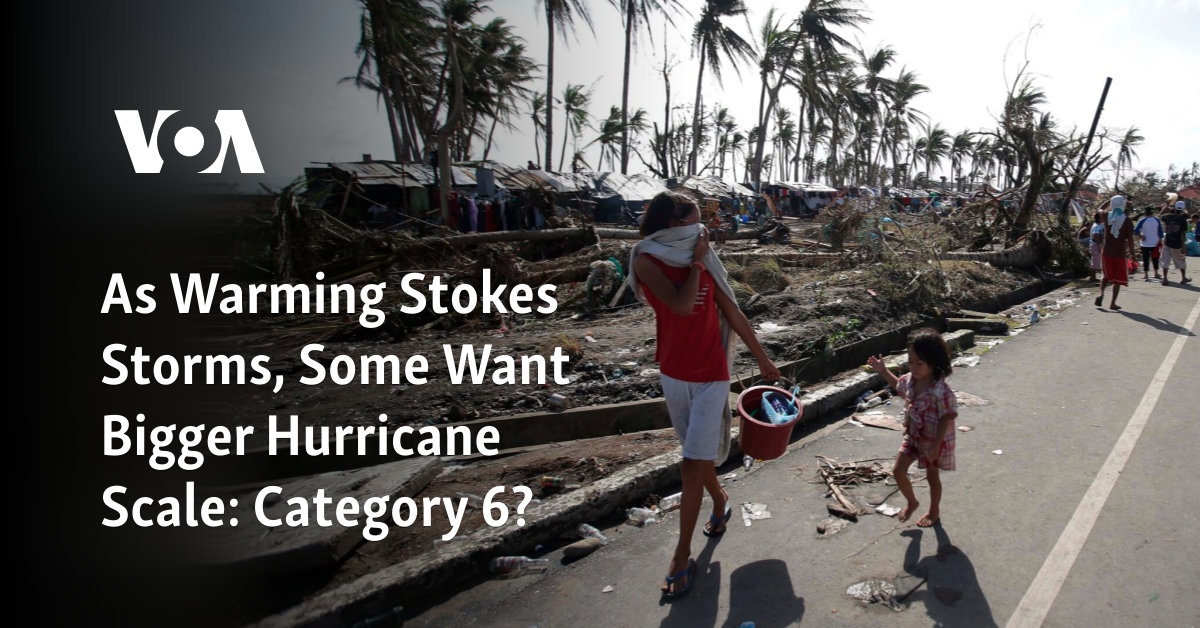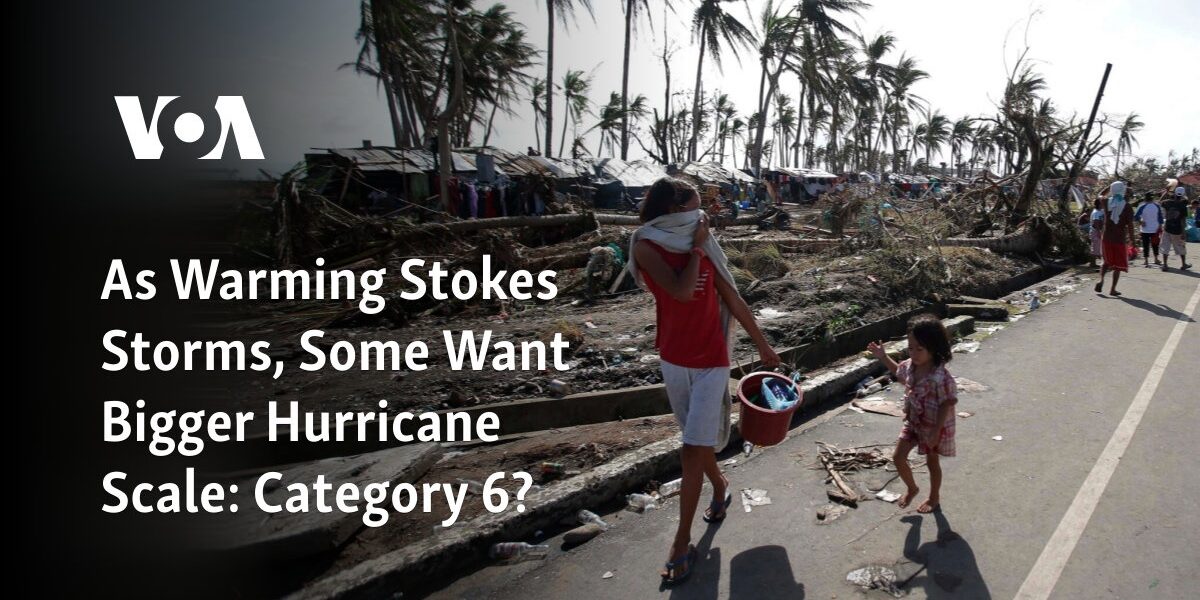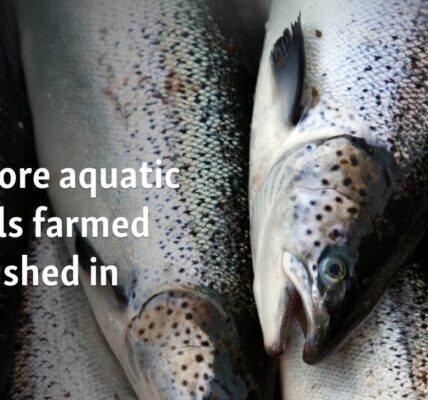As Global Warming Intensifies Hurricanes, Some Suggest Expanding Hurricane Scale: Category 6?

Some individuals with expertise in the field are suggesting the creation of a new hurricane category, Category 6, due to the occurrence of several highly intense tropical storms in recent years and the possibility of even stronger storms in the future.
Recent research indicates that the severity of the most powerful tropical storms is increasing due to the effects of climate change. As a result, the Saffir-Simpson scale, which has been in use for over 50 years, may not accurately represent the true strength of these storms. In a study published in the Proceedings of the National Academy of Sciences on Monday, two climate scientists propose that this traditional five-category scale may need to be revised.
A new classification is suggested for hurricanes with wind speeds exceeding 309 kilometers per hour (192 miles per hour).
At present, hurricanes with wind speeds exceeding 252 kph (157 mph) are classified as Category 5. The authors of the study argue that the current grouping system does not adequately convey the extreme danger posed by storms reaching or surpassing 322 kph (200 mph).
According to multiple experts interviewed by The Associated Press, they do not believe that an additional category for hurricanes is needed. In fact, some believe that it could potentially send the wrong message to the public since the current categorization system is based on wind speed, whereas water is actually the most lethal aspect of hurricanes.
Since 2013, there have been five storms in the Pacific with wind speeds of at least 192 mph, placing them in the newly created category. Two of these storms made landfall in the Philippines.
The study authors stated that as the world continues to warm, the conditions become more favorable for severe storms, particularly in the Gulf of Mexico where many storms that impact the United States tend to intensify.
According to Michael Wehner, a climate scientist at Lawrence Berkley National Lab and lead author of the study, extreme weather events are becoming more severe due to the effects of climate change.
Climate change is not the direct cause of increased storms, but rather the intensity of the strongest storms has increased. According to hurricane researcher Brian McNoldy from the University of Miami, who was not involved in the research, there has been a rise in major hurricanes in relation to all storms due to warmer ocean temperatures.
Occasionally, specialists have suggested a Category 6 classification, particularly after Typhoon Haiyan recorded wind speeds of 315 kph (195 mph) in the Pacific Ocean. However, the study stated that Haiyan “does not seem to be a unique circumstance.”
Cyclones are strong storms that are known as hurricanes when they occur east of the international dateline and typhoons when they occur west of the line. In the Indian Ocean and Australia, they are referred to as cyclones.
There have been five hurricanes with wind speeds reaching 309 kilometers per hour (192 miles per hour) or higher.
-
In 2013, Haiyan caused the death of over 6,300 individuals in the Philippines.
-
In 2015, Hurricane Patricia reached a speed of 346 kph (215 mph) before losing strength and making landfall in Jalisco, Mexico.
-
In 2016, Typhoon Meranti, with wind speeds of 315 kph (195 mph), narrowly missed the Philippines and Taiwan before hitting China.
-
In 2020, Typhoon Goni caused devastation in the Philippines, reaching speeds of 315 kph and resulting in multiple fatalities. However, it weakened significantly before making landfall.
-
The typhoon named Surigae in 2021 had a maximum wind speed of 315 kph, but eventually weakened and passed by various countries in Asia and Russia.
According to Jim Kossin, a former NOAA climate and hurricane researcher now working with First Street Foundation, sticking to only five storm categories may underestimate the potential risk as storms continue to increase in strength.
According to Kossin, Pacific storms are more powerful due to the lack of land to diminish their strength and the abundance of space for them to intensify, unlike in the Gulf of Mexico and Caribbean.
Source: voanews.com




